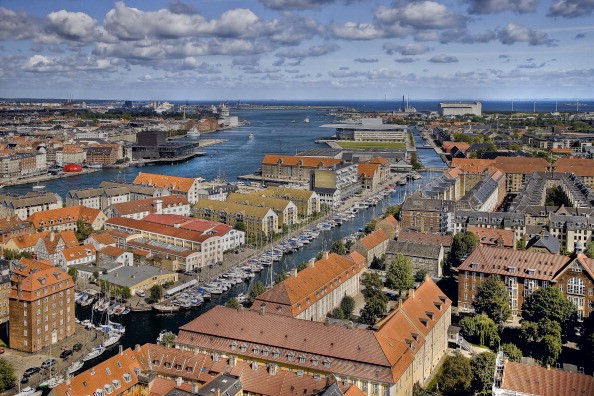Denmark and China recently signed an agreement to boost the tourism industry in both nations.
This was announced by Business Minister Brian Mikkelsen hoping that the deal will attract Chinese tourists to stay longer in Denmark from 1.5 to two days by 2018, and increase overnight stays by Chinese tourists in Denmark by 25 percent over the next two years.
Apart from Denmark, China has inked similar agreements with South Korea, India, the U.S., and Russia and has proven that tourism agreements really attracted Chinese tourists to those countries not only during tourism year, but also in subsequent years.
“We know that the Chinese spend lots of money when they travel. So this is something that will benefit the traditional Danish tourism industry, but also the retail industry, in the long run,” said Mikkelsen.
By the end of February, the deal is expected to be officially signed in time for Mikkelsen’s trip to China to attend the opening ceremony of the tourism year.
Tourism year will include a “China Day” business-to-business event in Denmark for Chinese tour operators, journalists, airlines, and bloggers to attend; likewise, there will be "Denmark Days" in China.
For overnight stays, Chinese ranked 11th in Denmark in 2015, but the visitors stagnate in 2016.
Some of the 12 popular tourist spots in Denmark include Tivoli Gardens, Christiansborg Palace, National Museum of Denmark, The National Gallery of Denmark (Statens Museum for Kunst), Nyhavn, The Round Tower, Amalienborg Palace, Oresund Bridge, Lyngby Open-Air Museum (Frilandsmuseet), Kronborg Slot in Helsingor; Egeskov Castle in Kvarnstrup, and Hans Christian Andersen Museum in Odense.
This year, Denmark will celebrate its 150th-year anniversary of Hans Christian Andersen’s appointment as a citizen in honor in Odense.
Andersen, a Danish author best remembered for his fairy tales, happens to be popular in China.




























